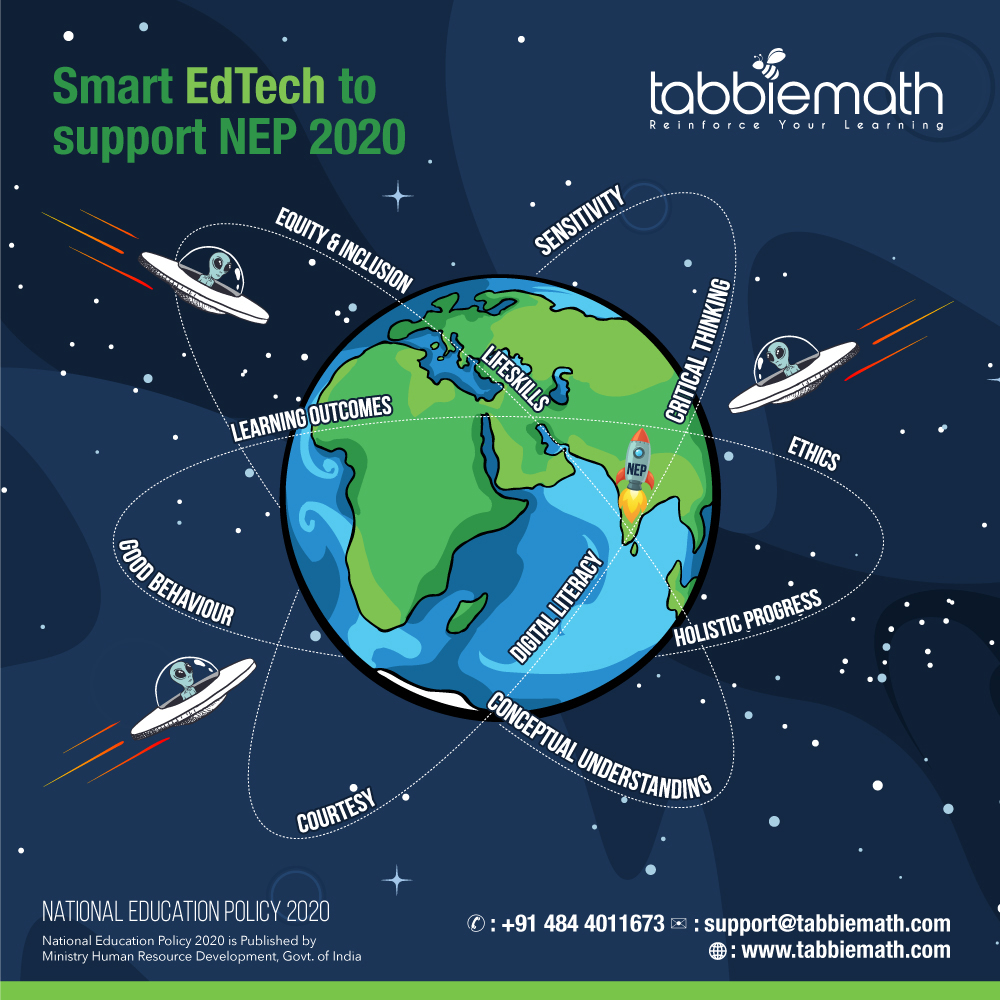Smart EdTech to support National Education Policy 2020 (NEP 2020)
NEP has the potential to make a sustainable impact in a person's life and wider impact in a country with a relatively young population – Early Childhood Care and Education (ECCE).

In the context of the NEP, one component is very close to my heart. One that has the potential to make a sustainable impact in a person’s life and wider impact in a country with a relatively young population – Early Childhood Care and Education (ECCE). Anganwadi centres play a key role in ECCE. This is interesting because Anganwadi centres are not just about the education and nutrition of a child but also a place for young mothers to come for guidance and education. My two decades of work has always required me to identify tactical and strategic solutions and so my propensity is to look out for what could go wrong and try to predict when. There are 14,00,000 Anganwadi centres operational in India with a strength of 13,00,000 workers and 12,00,000 helpers. That’s approximately 2 people to oversee an Anganwadi centre. In the wider context this capacity may be just enough but if the policy goal is to get to 100% Gross Enrolment Ratio by 2030, then supporting technology has to be simple to use, scalable, fault-tolerant and providing the right outputs.
Somewhere between 2022 and 2025 India and China are projected to have the same population and from then on, forecasts predict India to overtake China on population numbers. On that basis let's assume human capacity is somewhat sorted but what about the digital infrastructure of ~1.5million schools in India? To me, it looks like a mantra of smartphones for learning. 920 million unique mobile subscribers by 2025 in India, equating to approximately 60% of the forecasted population.
Investment in the Education Technology sector is growing further, and education got a front seat in India's 2020 budget. The budget earmarked Rupees 99,300 crore (USD1.5billion) for the education sector in 2020-21 and about Rs 3,000 crore (USD 0.45billion) for skill development. Though this year's budget allocation is higher, industry verdict is that for EdTech firms its disappointing because the government hasn't passed on any benefits for the EdTech and Skill-Tech sectors by extending tax benefits and incentives for players, corporate or education institutions by giving tax exemption.
So, are schools expected to bear the high cost of exorbitantly priced ed-tech solutions? Research by Central Square Foundation says the median annual fee for private schools in India is Rs. 5000 (~ USD 70). Schools have to be very smart in identifying the right technology stack or they will pay a lot more in the coming years than they have planned for.
At TabbieMe, we remain committed to providing schools with a simple and fault-tolerant platform for staff working across all age groups. Our objective is to start working with schools and teaching staff right at the beginning of Foundation years all the way up to Secondary. Ease of implementation and scalability of our numeracy platform makes TabbieMath superior in this context.
NEP isn't rocket science, but I can't stress enough the need for specific interventions using smart fully digital Education Technology in the schooling sector. Let’s not forget that at a national level the goal is always to ensure every child gets their fair share of access to education.
Some of our views are based on extensive work we do with educational institutions in India, UAE, the USA, Kuwait, Bahrain and Qatar and how we perceive EdTech evolving over the next decade.
You can reach out to me on support@tabbieme.com for your comments or if you want to know more about TabbieMath.